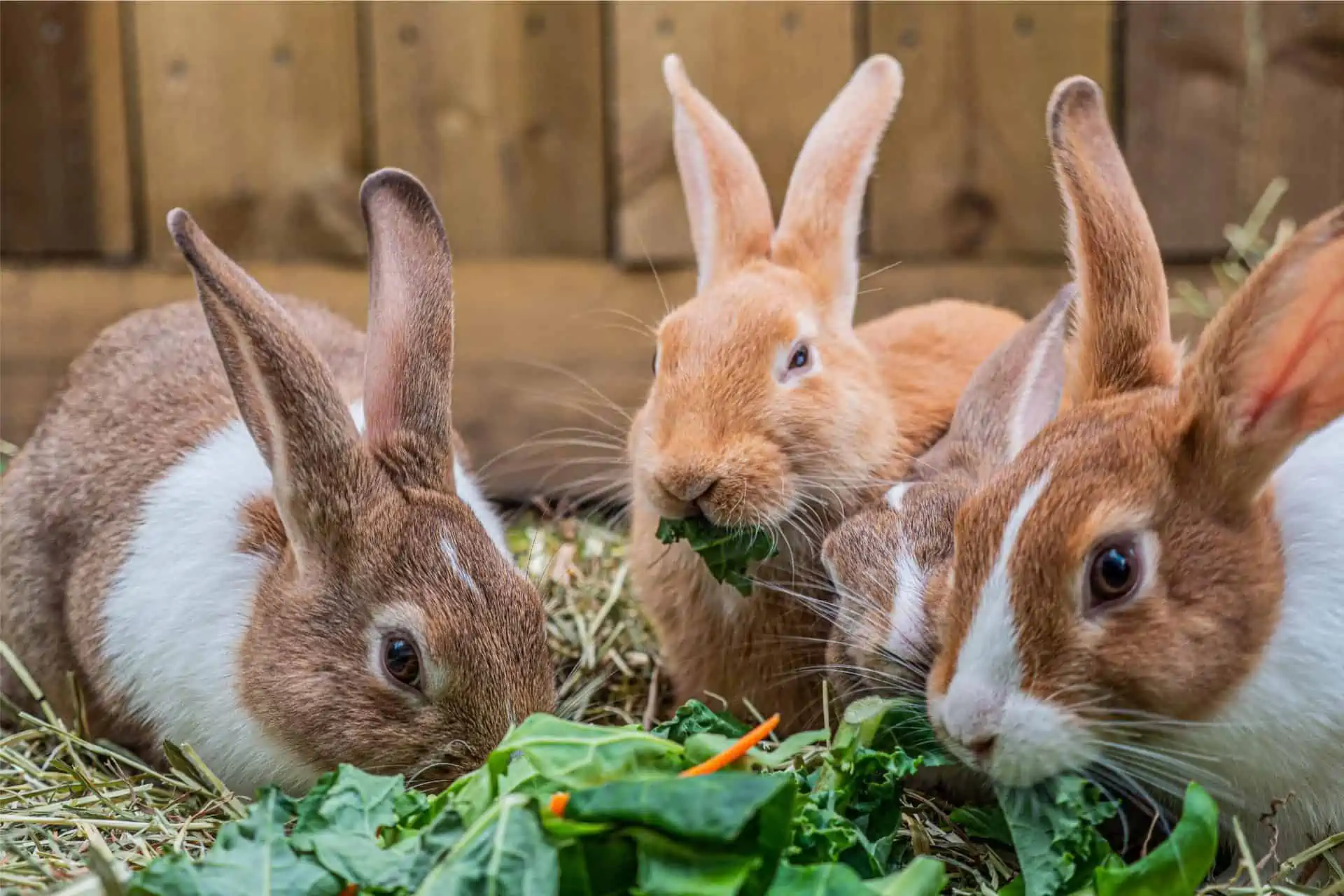Understanding rabbit behaviours
Rabbits are prey animals so their natural response to a perceived threat is to run and hide. Having hiding places in their home helps them to feel safe. However, they do enjoy interacting with humans. This takes time to develop and requires patience and regular gentle handling from an early age.
In the wild rabbits spend much of their time digging, foraging and protecting their territory which keeps them physically and mentally active. Create a stimulating environment for your rabbit with a few simple tricks:
- Sprinkle some Excel Country Garden herbs in their hay to encourage foraging
- Provide rabbit safe toys for enrichment
- Hide food in rabbit safe food balls or place food in different areas around their home to encourage exercise
- Place Excel Gnaw sticks around their home to encourage foraging
- Create tunnels that the rabbit can easily pass through
- Give your rabbits a digging box, such as a planter filled with earth
Training your rabbits
Clicker training
Clicker training is a scientifically proven, hands free and initially voice free means of animal training. It uses a signal, the click noise, to give accurate information and feedback to your rabbits about the behaviour you want them to learn.
At first, the click won’t mean anything to your rabbits. But it soon becomes significant as you pair it with a tasty treat – rabbits learns that click means treat! Your rabbits do not understand human language and saying words actually takes quite a lot longer than making a single click sound with your fingers. A single short click is an easy way for two different species to communicate clearly, enabling you to give faster and more accurate feedback to your rabbits. Because it is not voice dependent it is possible for more than one member of the family to get involved in training including both children and adults. As the signal is neutral, it is unemotional, so you are less likely to make your rabbits anxious during training because you are getting too excited (or a little frustrated!)
How do we start?
Before starting to train a behaviour, make sure you’re in a quiet place and introduce your rabbit to the clicker noise.
Have your clicker and a good supply of the rabbit’s treats, remember small pieces! Sound your clicker and after a very brief pause (the time it takes for you to say the word ‘treat’ silently to yourself) offer a small piece of the food to your bunny. Wait until it is eaten and repeat the process. At first, there needs to be that small gap between the click and the treat to make sure the rabbits have a chance to hear and notice the clicker. After several repetitions your rabbits will start to recognise that the sound of the clicker means that a food treat will follow. They’ll also start to turn towards you when they hear it. This indicates that an association has been made between the sound of the clicker and the reward.
Test your rabbits have really understood what the clicker means by waiting until s/he is doing something else, for example, has hopped away, click the clicker and see if the rabbits turn back to you for the treat – do not forget the treat!
If you have rabbits that are very timid and shows that they’re scared of the clicker, find an alternative or try and make it quieter. You could muffle the sound by having your hand in a glove, or in your pocket.
Quick tip

Excel Adult Rabbit Nuggets with Oregano
Training a behaviour
There are three basic techniques that are used in clicker training to teach a behaviour:
Capturing: This is a passive way of teaching your rabbits a new behaviour. For example, you want to teach your rabbits to sit up on their hind legs. Wait until your rabbit does this naturally, then click and give them a treat. Repeat this every time you see it.
Luring: This is a more active way of training. A lure is used to guide the rabbits into a position or place. A lure can be anything that your animal is prepared to follow, for example, a food treat or a toy. The lure is only used as an initial prompt to help your rabbits understand what you want them to do. Remove the lure as soon as possible – otherwise they’ll only learn to do something when the lure is there!
Shaping: Shaping is when you reward each step of a new behaviour and build it up, until eventually your rabbits have learnt something new. You’ll need to be able to notice the small movements made by your rabbits and know when to move from rewarding one part of a behaviour to rewarding the next stage. Use only small steps in progressing so that the rabbits stand a good chance of being regularly rewarded. Once they’ve mastered the first stage, move onto the second. Sometimes this moves along very quickly and sometimes it takes time. If you try to increase the behaviour level too quickly your rabbits will become confused. If that happens, go back briefly to an easier stage, and move forward in smaller steps.
Naming a behavior
Once your rabbit has mastered a new behaviour with click training, it’s time to give that behaviour a cue word. Cues should be words that are easily identified by your rabbits and each behaviour you teach should have a distinct cue. Cues should be spoken quietly. Rabbits have good hearing and shouting might make them frightened.
Say the cue just before the rabbits offer the behaviour and use your clicker immediately when the animal responds. This will need to be repeated 40 – 60 times in a variety of different situations, such as different parts of the room, before the rabbits reliably associates the cue with the behaviour. Once you start using cue words, only reward your rabbits when they complete a behaviour after hearing a cue word, not when you don’t ask for it.
Can rabbits be aggressive?
Rabbits are not aggressive by nature but they can bite, scratch or kick when they feel nervous. This is most likely to happen when you’re handling them. Therefore, it’s important to make sure your rabbits are used to being handled from a young age.
When rabbits are first introduced they can be aggressive so it’s important that you always introduce rabbits gradually and follow your vet’s advice.
Did you know?
Our Burgess Excel Range








Do you need more advice?
To help you find the right food for your rabbits have a look at our product range.
You can get in touch with our customer care team who will respond in 3-5 working days. Our dedicated team of pet experts will help you make the right choice.
If you should have any concerns about the health of your rabbits, always consult a vet.















